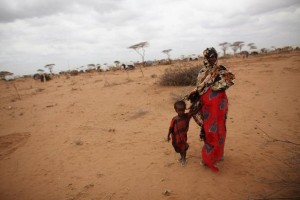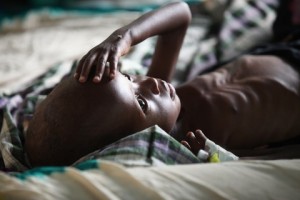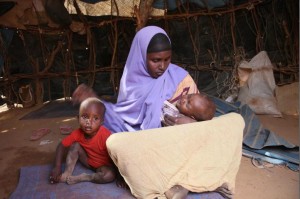“For I was hungry and you gave me something to eat, I was thirsty and you gave me something to drink, I was a stranger and you invited me in.” Matthew 25:35
The recent drought in East Africa, coupled with insecurity in South Central Somalia, has drastically increased the number of Somali refugees coming into the Dadaab refugee camps in Kenya. Built to accommodate 90,000 people 20 years ago, the camps have now swelled to 400,000, with as many as 1,500 people arriving daily.
 The refugees come with the clothes on their backs and with their families, after having walked for hundreds of kilometers in the sand and heat, and surviving the dangers of wild animals and Al Shahab militiamen. About 70% of those entering the camp are women and children.
The refugees come with the clothes on their backs and with their families, after having walked for hundreds of kilometers in the sand and heat, and surviving the dangers of wild animals and Al Shahab militiamen. About 70% of those entering the camp are women and children.
Many of the children are suffering from acute malnutrition when they arrive.
When new refugees arrive, they are interviewed, screened and processed into one of Dudaab’s three camps. They receive food, medical treatment, shelter, kitchen kits and other non-food items that make life just bearable. Currently, overcrowded conditions in Dadaab have outgrown the existing facilities and pose a serious public health risk. Outbreaks of measles and cholera have been reported, and access to safe water and hygiene facilities is critical in helping to stave off the spread of disease. It is hoped that the building additional latrines and hand-washing stations will help in this effort.



